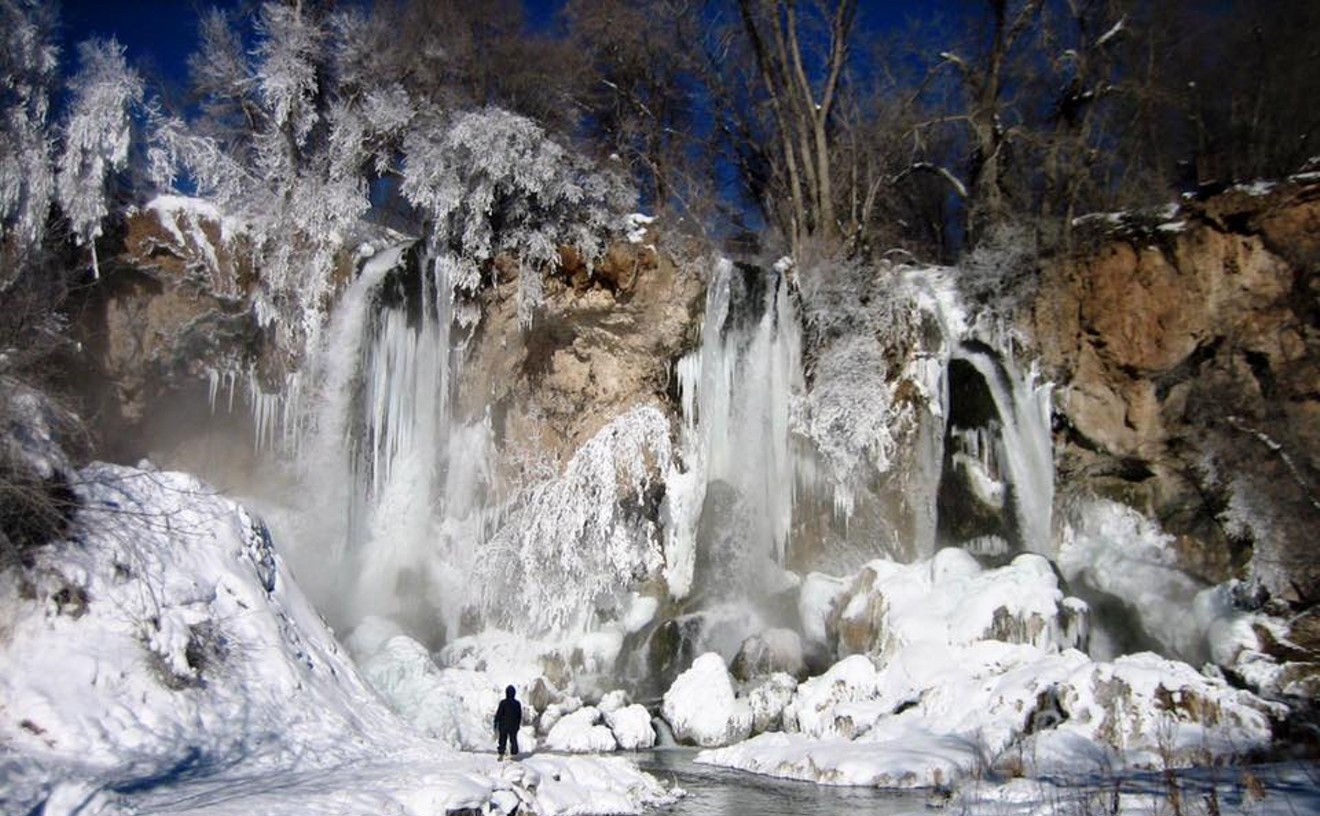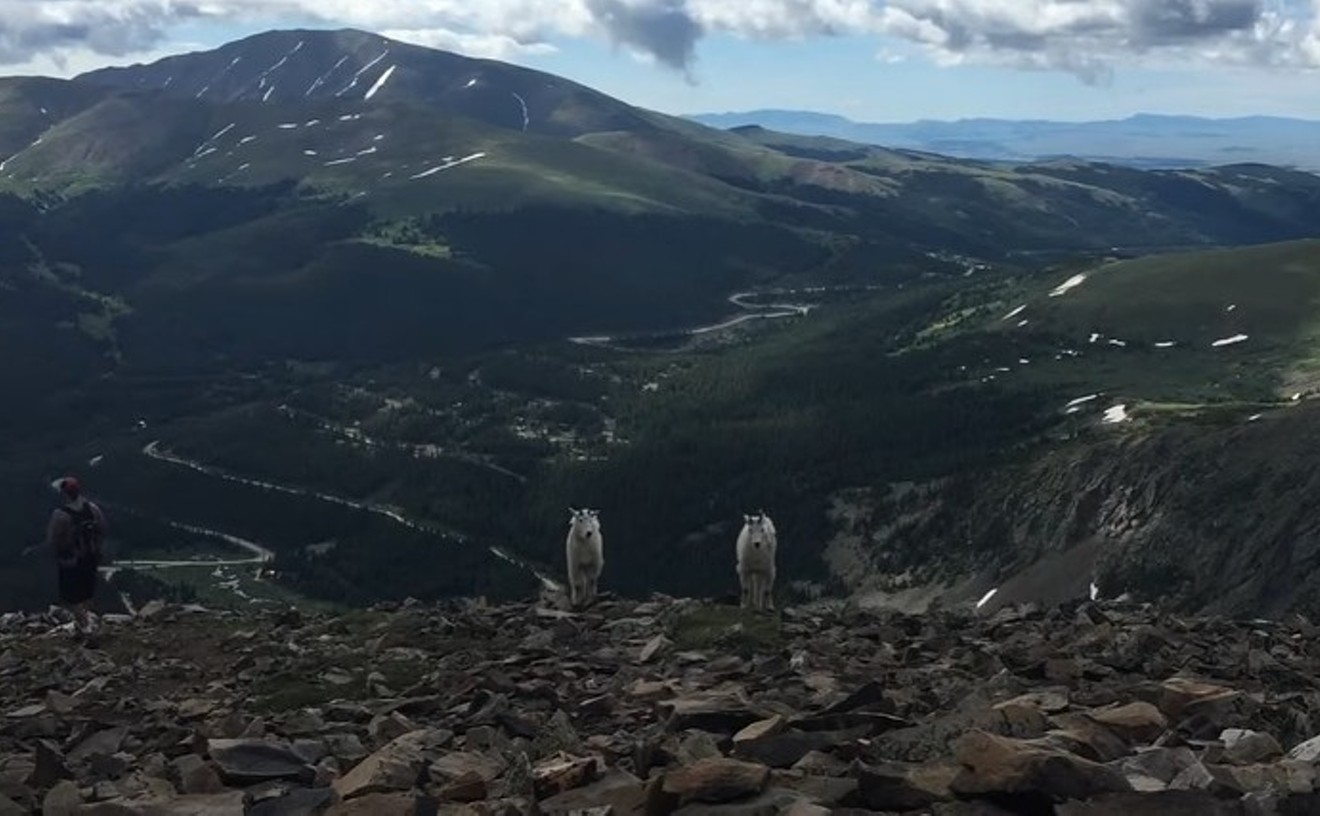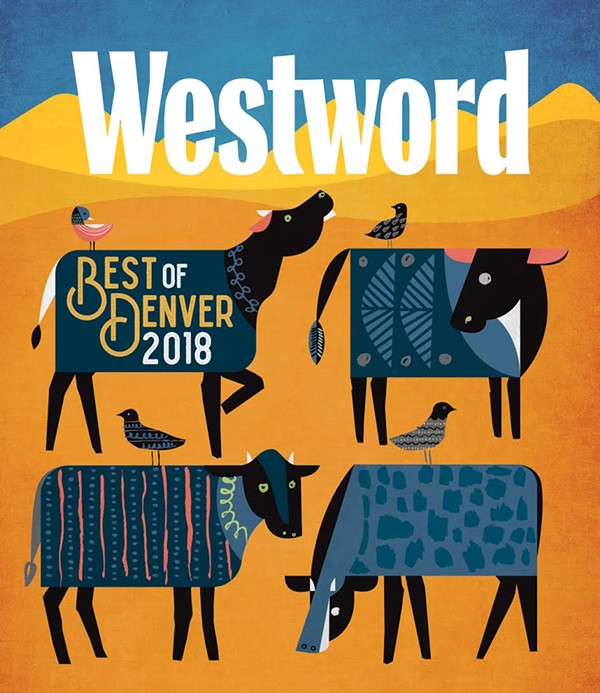Sometimes it just feels good to spend a night under the stars, but the commitment required to do a multi-day hike can be exhausting. Red Deer Lake Trail, in the Indian Peaks Wilderness just north of Nederland, is just right: a 14.2-mile out-and-back that sits comfortably in the intermediate skill range, with waterfalls, meadows and elk and moose sightings as rewards along the way. The final payoff of the lake itself sits at slightly above 10,000 feet (net gain: 717 feet), with plenty of secluded backcountry campsites. You'll wind up leapfrogging the day-hikers for the first few miles of the four-wheel-drive Buchanan Pass Trail that connects to the Red Deer path, but most of them fall away at the big switchback that veers toward the St. Vrain Glacier. The killer views include several of the Indian Peaks, including Sawtooth, St. Vrain and Mount Audubon, and fly-fisherfolk will find trout in the lake and Middle St. Vrain Creek along the way. A $5 permit per group is required for camping through the Boulder Ranger District.
Readers' Choice: Castlewood Canyon State Park
Indian Peaks Wilderness
fs.fed.us









